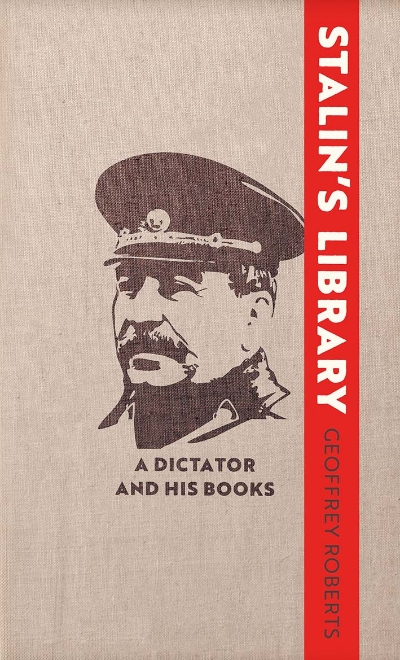Stalin
The Kremlin Letters: Stalin’s wartime correspondence with Churchill and Roosevelt edited by David Reynolds and Vladimir Pechatnov
by Sheila Fitzpatrick •
Stalin's Daughter: The extraordinary and tumultuous life of Svetlana Alliluyeva by Rosemary Sullivan
by Sheila Fitzpatrick •
On Stalin’s Team: The Years of Living Dangerously in Soviet Politics by Sheila Fitzpatrick
by Mark Edele •
Stalin, Volume I by Stephen Kotkin & Stalin by Oleg V. Khlevniuk and translated by Nora Seligman Favorov
by Mark Edele •
In Iris Murdoch’s novel, The Sandcastle (1957), a young artist called Rain Carter is commissioned to paint a retired schoolmaster, Demoyte, an eccentric with an offbeat sense of humour. Instead of his usual attire – a shabby red velvet jacket with tobacco stains and bow tie – Demoyte turns up ...
... (read more)





